Deskripsi
The Process of Launching the Pipeline Pig
- When the operating pressure exceeds 2/3 of the pipeline design pressure, the pressure should be reduced by 20% before launching the pig.
- Open the blind flange of the launcher, place the checked pig into the barrel, and push the pig to the large end of the launcher. After checking that there are no foreign objects in the barrel, clean the sealing surface, apply grease to the sealing ring, and close the quick-opening blind flange.
- After receiving the order from the production department’s duty dispatcher, refer to Figure 2 and slowly open the #103 power valve to fill the launcher with crude oil.
- After confirming that there are no oil leaks, air leaks, or abnormal sounds in the receiver, close the #103 power valve, slowly open the #104 vent valve, exhaust the gas in the barrel, and then open the #103 power valve.
- Open the #101 launch valve to full opening.
- Slowly close the #102 station exit valve to allow the pig to be launched through the launch process. A dedicated person should be responsible for observing the pressure gauge of the launcher. When the pressure continuously rises more than 0.5MPa above the original mainline pressure, immediately fully open the #102 station exit valve to pause the launch and check the process. (Note: No one is allowed to stand directly in front of the quick-opening blind flange and on the side of the axis. The operator should stand on the side of the barrel without the axis.)
- After the Pipeline Pig passage indicator is activated, confirm that the pig has been successfully launched. 20 minutes later, the normal process can be resumed. When resuming the normal process, first open the #102 station exit valve. A dedicated person should be responsible for observing the pressure gauge of the launcher. When the pressure is sustained, then close the #101 launch valve and the #103 power valve. After confirming that the #101 launch valve and the #103 power valve are tightly closed, open the drainage valve and release the crude oil in the launcher into the waste oil cylinder. When the pressure gauge on the barrel shows zero pressure, open the vent valve. After the crude oil in the barrel is emptied, close the #105 drainage valve and the #104 vent valve.
- Each station operates according to the corresponding operations.
 The Process of Receiving the Pipeline Pig
The Process of Receiving the Pipeline Pig
- When using soft pigs, a receiving cage should be installed in the receiving barrel in advance. When using mechanical pigs or internal detectors, there is no need to use a receiving cage.
- Switch to the pig receiving process according to the order from the duty dispatcher of the production department. Refer to Figure 3, sequentially open the #103 oil receiving valve and the #101 pig receiving valve, slowly close the #102 station entry valve, and closely monitor the pressure changes shown on the pressure gauge during valve closing. If the pressure rises more than 0.2MPa, stop closing the #102 station entry valve. If the pressure continues to rise, open the #102 station entry valve and check the process. If there is no significant rise, continue to close the #102 station entry valve until it is fully closed. At this point, the pig-receiving process has been reversed.
- When the receiving station is operating a screw pump, it should switch to centrifugal pump operation 2 hours before the pig enters the station. 1 hour after the pigging is completed, the territorial unit can decide whether to switch back to screw pump operation.
- Wait for the pig passage indicator to activate, and confirm that the pig has entered the receiving barrel, ask for instructions from the duty dispatcher of the production department. Only after the dispatcher’s approval, can the normal station entry process be resumed. First, open the #102 station entry valve, then close the #101 pig receiving valve and the #103 oil receiving valve. After confirming that the #101 pig receiving valve and the #103 oil receiving valve are tightly closed, open the drainage valve and release the crude oil in the launcher into the waste oil cylinder. When the pressure gauge on the barrel shows zero pressure, open the vent valve. After the crude oil in the barrel is drained, open the quick-opening blind flange. (Note: After the barrel is pressurized, no one is allowed to stand directly in front of the quick-opening blind flange and on the side of the axis. The operator should stand on the side of the barrel without the axis.)
- Clean up debris and wax in the barrel, and remove the pipeline pig.
- Estimate the amount of wax in the barrel (Note: Non-explosion-proof photography and video recording equipment are prohibited).
- After checking that there are no foreign objects in the barrel, clean the sealing surface, apply grease to the sealing ring, close the quick-opening blind flange, and close the #105 drainage valve and the #104 vent valve.
- Move the pig out of the explosion-proof area, check for damage, and take measurements, records, and photos.
 Maintenance of Pipeline Pig
Maintenance of Pipeline Pig
- When removing the pipeline pig from the receiving barrel, it should be immediately cleaned with hot water or water containing detergent.
- Polyurethane cups should not be cleaned with steam, and pigs should not be burned with fire.
- If the cups or sealing plates of the pig are damaged or if the lip thickness is less than 1/3 of the original size, they should be replaced.
- Soft pigs are allowed to be used only once and should not be reused, while mechanical pigs can be reused.
- After use, the pigs should be properly stored by the grassroots units. If there is any damage, it should be reported to the production department in a timely manner.
 Safety Measures
Safety Measures
- For pipelines that are pigged for the first time using mechanical pigs, measures to ensure successful plugging and emergency repair should be prepared.
- If the pig breaks and stays in the pipeline during the pigging process, and the pipeline pressure does not change, continue to send pigs to push out the broken pig.
- If the pig gets stuck during the pigging process and the discharge pressure rises, the location of the blockage should be quickly determined. Methods such as increasing the discharge pressure to squeeze or using short-time backflow for pushing and then forward flow should be utilized to move the pig. If the pig still cannot operate, methods such as drilling holes in front of the pig to release wax or non-stop sealing should be used to remove the pig.
- During the pigging process, unless there are special circumstances, significant process and equipment switches and pipeline shutdowns should be avoided.
Ringkasan
This essay provides a detailed guide on the process of launching and receiving Pipeline Pigs, essential tools for maintaining the efficiency of oil pipelines. It covers the steps for launching the pig, the procedure to receive it, and the necessary maintenance and safety measures to ensure the effective operation of the system. The essay emphasizes the importance of regular checks for damages or irregularities and the use of specific methods to overcome challenges such as blockages or pig breakdowns within the pipeline. The guide serves as a comprehensive resource for anyone involved in pipeline operations.

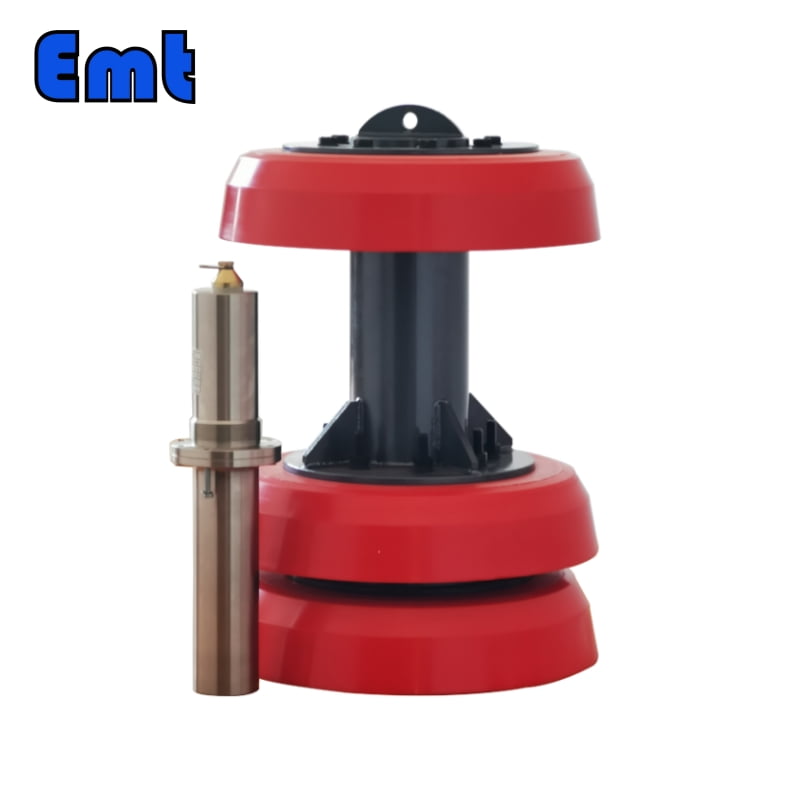
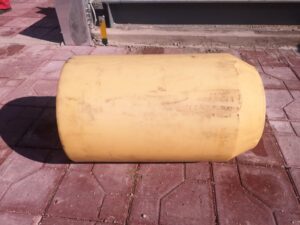
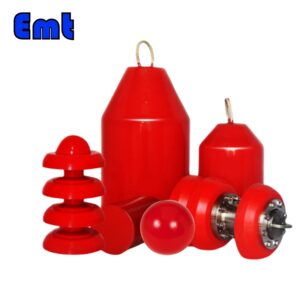
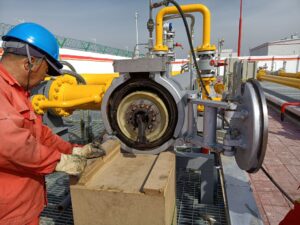
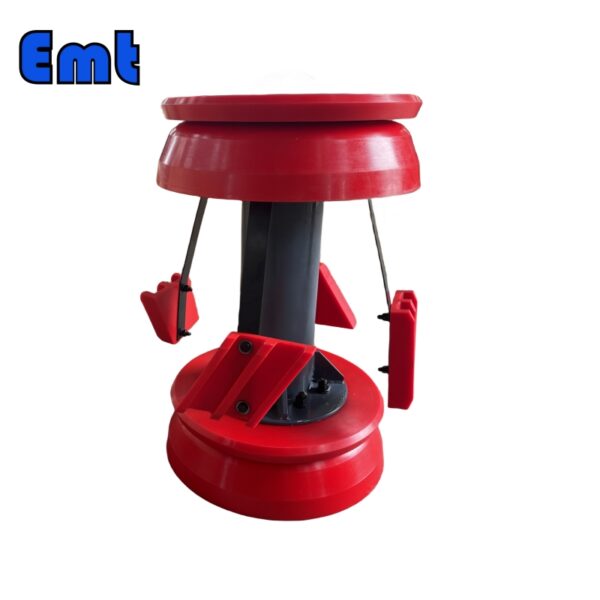

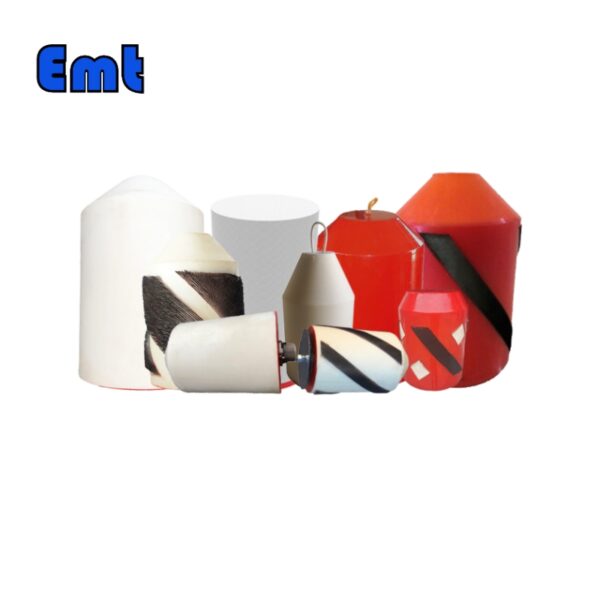
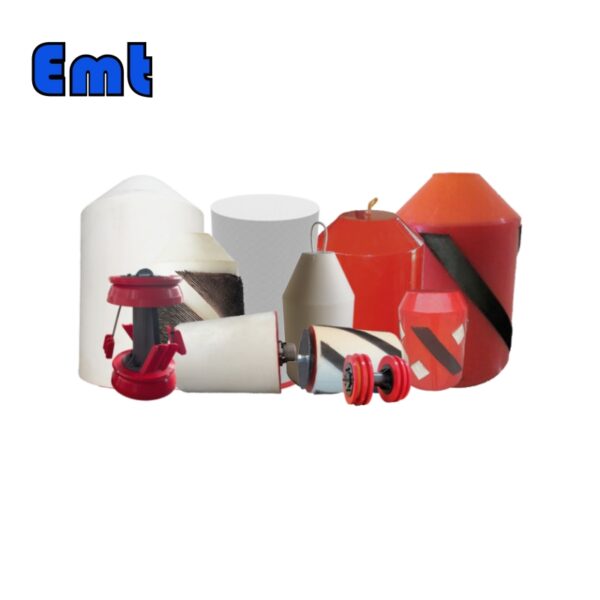
Ulasan
Belum ada ulasan.